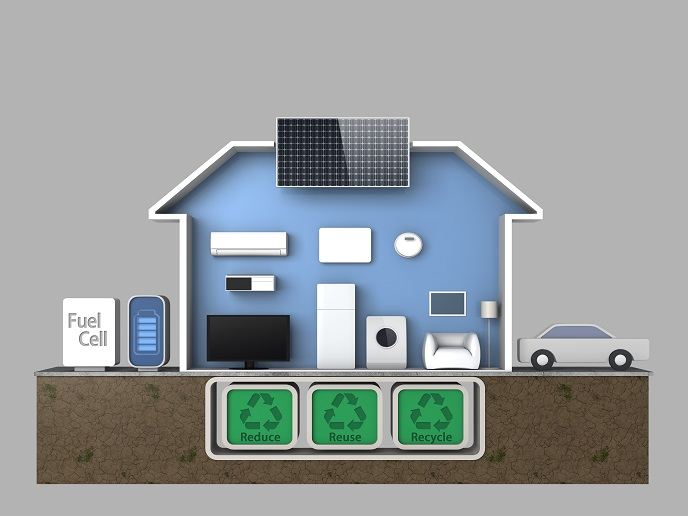Improved composite manufacturing
Carbon fibre-reinforced composites are in increasing demand by industries such as the aerospace sector for their excellent strength combined with low weight. Lighter weight translates to lower fuel consumption and fewer emissions in many applications. The EU-funded project COMPARE(opens in new window) (Development of a manufacturing process for the production of small size complex-shaped structural aircraft components) developed preform tooling to make carbon fibre preforms and injection moulding processes to over-mould them with thermoplastic (polyphenylene sulphide or PPS) mouldings. This is a major improvement over current methods where the fibre reinforcements pre-impregnated with resin matrix material are positioned in a mould by hand. Over-moulding ensures that the conductive carbon fibre is electrically insulated from the metallic airframe for aerospace applications. Integration with injection moulding significantly enhances throughput, decreases production costs and enables manufacture of components with enhanced functionality to replace metal parts. In addition, compatibility with reusable thermoplastics in place of thermoset matrix materials increases recyclability. The COMPARE system also eliminates common geometric abnormalities and accommodates a range of materials and preform thicknesses. Researchers used the preform tooling to consistently produce high-quality, single-piece carbon fibre PPS preforms. Scale-up to produce single-piece bracket geometries could yield important weight savings. The team manufactured composites using a single cavity prototype injection moulding tool, a preform heating and handling robot and a carbon fibre/PPS preform. The technology is targeted at the aerospace industry. However, benefits abound for many other fields increasingly interested in exploiting the benefits of lightweight composites. Applications include offshore oil and gas installations, all sorts of terrestrial and sea transport and even niche sectors such as car racing.







